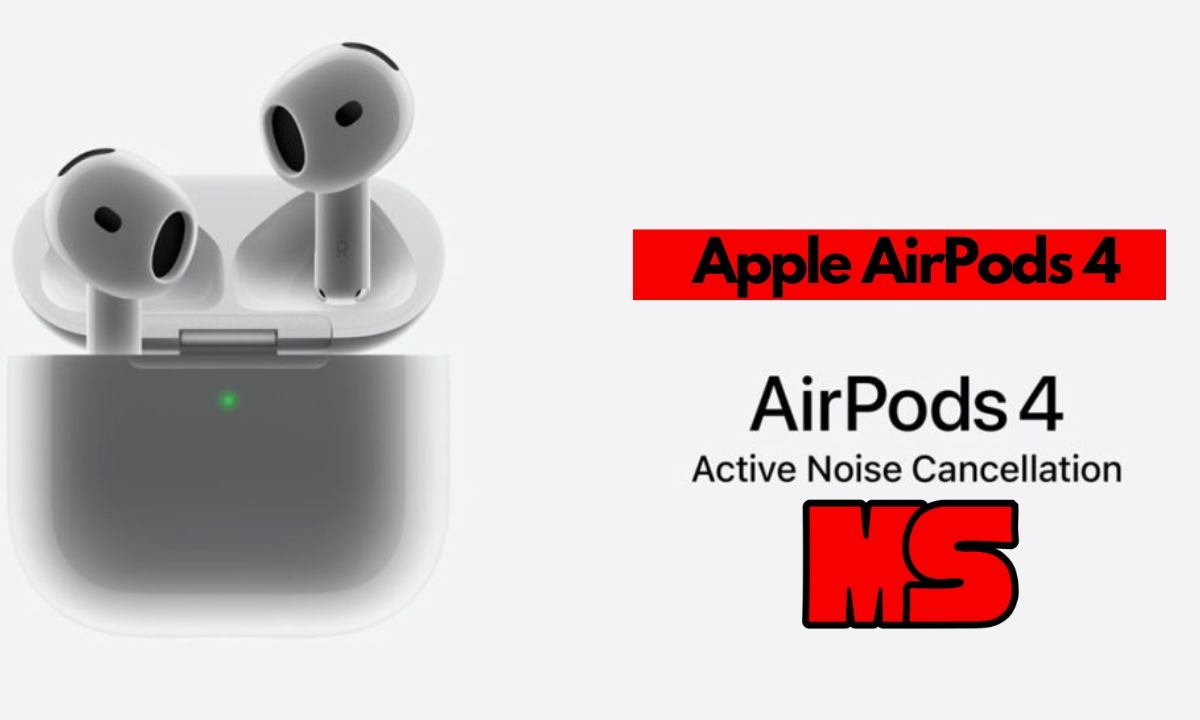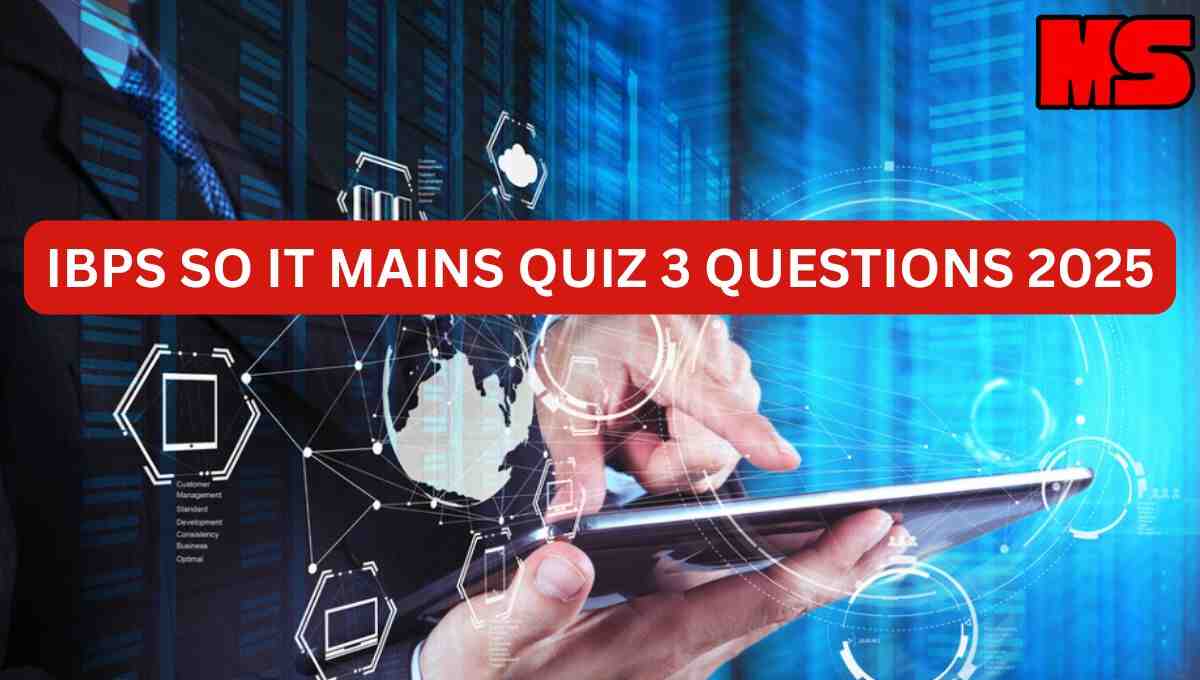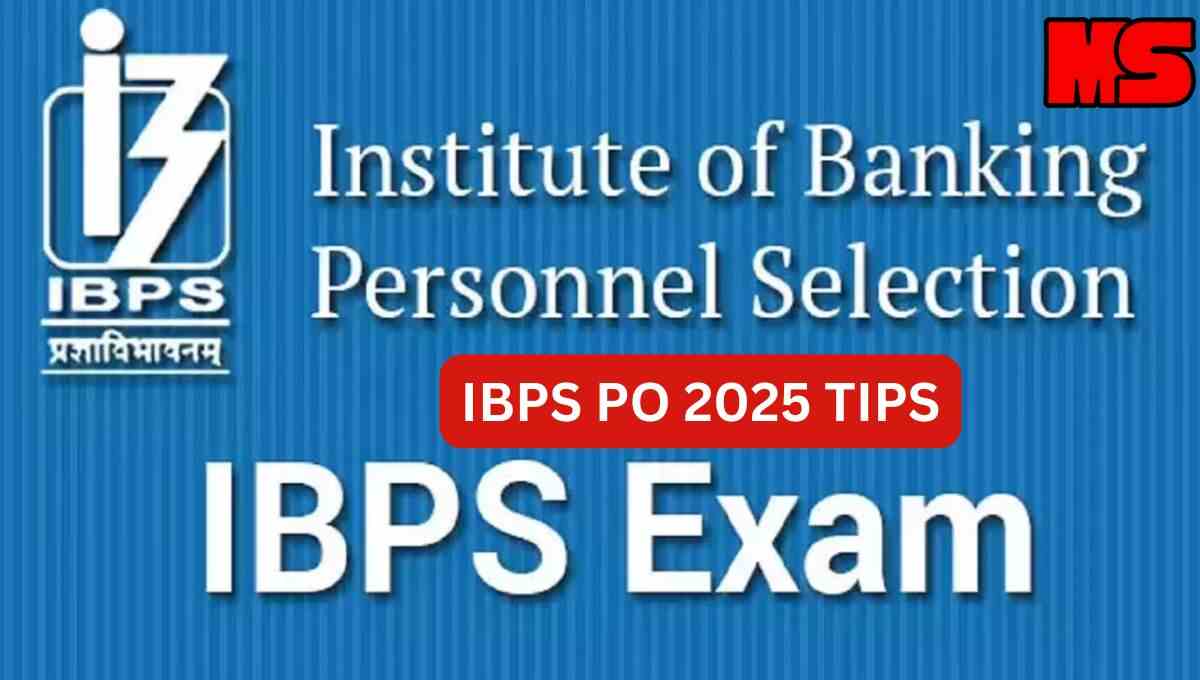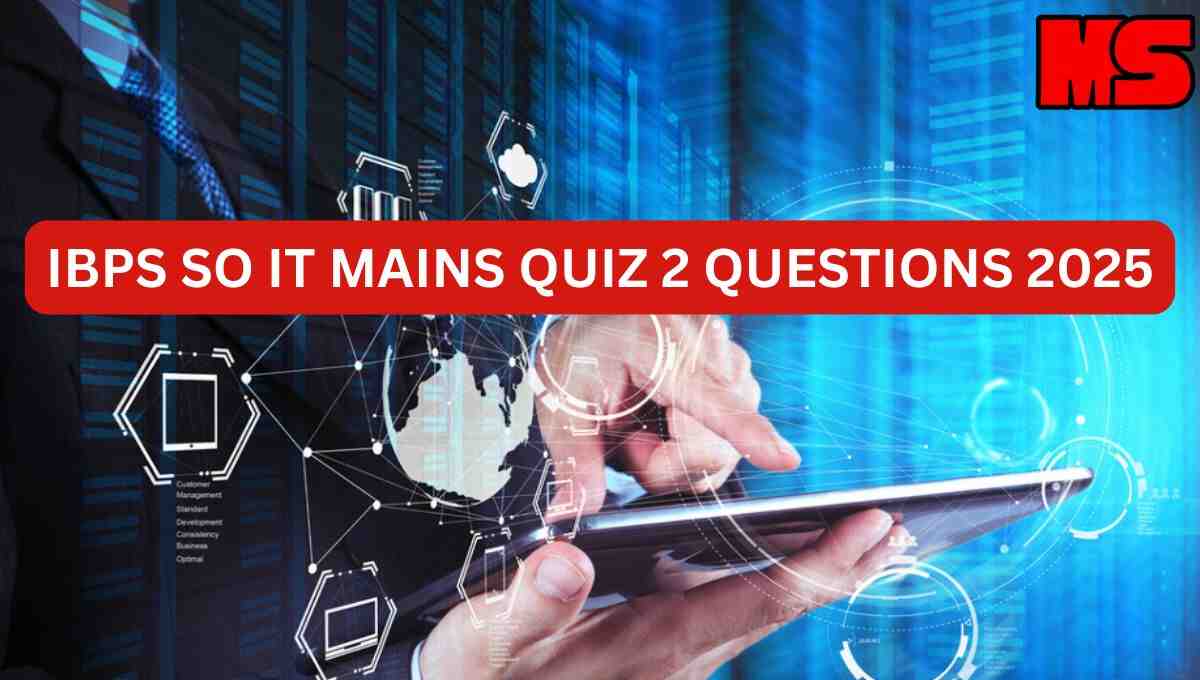IBPS SO HR MAINS QUIZ QUESTIONS 2025 consist of the following questions. Go through the detailed analysis of the questions to know the concepts.
IBPS SO HR MAINS QUIZ QUESTIONS 2025
1. BARS full form in performance appraisal –
| (a) Behaviour Anamoly Records Standards |
| (b) Behaviour Anchor Rates Statistics |
| (c) Behaviourly Anchored Rated Score |
| (d) Behaviourlly Anchored Rating Scale |
| (e) Behaviour Arbitrary Ratings Subject |
Solution: (d) Behaviourlly Anchored Rating Scale
| Aspect | Details |
|---|---|
| Full Form | Behaviourally Anchored Rating Scale |
| Meaning | BARS is a performance appraisal method that combines elements of traditional rating scales and critical incident techniques. |
| How It Works | 1. Identify key job dimensions. 2. Collect critical incidents for each dimension. 3. Scale behaviors and anchor them at points. |
| Advantages | It reduces rating biasness. It clarifies expectations and provides objective. |
| Use | Commonly used in customer service, education, and health care. |
2. Which of the following is about MBO (Management By Objectives) –
| (a) Specialist technique |
| (b) It focuses mostly only on the goal which can be achieved and resources are used for the purposes |
| (c) The Goals are set in top down manner |
| (d) The attention is more on how something can be accomplished |
| (e) None |
Solution: (b) It focuses mostly only on the goal which can be achieved and resources are used for the purposes
| Aspect | Details |
|---|---|
| Full Form | Management by Objectives |
| Meaning | A management approach where managers and employees jointly set clear, measurable goals. |
| Key Idea | Aligns individual objectives with organizational goals to improve performance and motivation. |
| Process Steps | 1. Set organizational goals 2. Cascade goals to employees 3. Monitor progress 4. Evaluate performance 5. Give feedback and rewards |
| Features | It is a prticipative goal setting process. It refers to the clarity of objectives It is a Periodic review and performance measurement technique |
3. Which is the disadvantage of performance appraisal method –
| (a) It follows a subjective appraisal method. |
| (b) There is no feedback offered to the employee. |
| (c) It is based on old data. |
| (d) Only I & III |
| (e) Only I & II |
Solution: (e) Only I & II
| Aspect | IBPS SO HR MAINS QUIZ QUESTIONS 2025 |
|---|---|
| Definition | Performance Appraisal is a systematic process of evaluating an employee’s job performance and contribution to the organization. |
| Objectives | It assess employee performance. It identifies strengths & weaknesses. It provide feedback and support promotions & rewards |
| Key Methods | It uses traditional Methods including Ranking, Rating Scales, Critical Incident, Essay Method, Checklist- Its Modern Methods are MBO, BARS, 360-Degree Feedback, Assessment Centers |
| Process Steps | 1. Set performance standards 2. Communicate expectations 3. Measure actual performance 4. Compare with standards 5. Discuss appraisal with employee 6. Take corrective action if needed |
| Benefits | It motivates employees. It improves in communication process. It helps in career development and also assists in HR decisions |
| Limitations | Bias and subjectivity Halo and horn effect |
4. The aim of the forced choice method –
| (a) It follows a procedural method |
| (b) It evaluates the performance |
| (c) To eliminate the biasness |
| (d) Self defined targets |
| (e) None |
Solution: (c) To eliminate the biasness
The Forced Choice Method is a type of performance appraisal method used in HR management.In this method, the appraiser is given a series of statements about an employee’s performance or behavior. In the IBPS SO HR MAINS QUIZ QUESTIONS 2025, rater must choose the statement that best describes the employee which helps in removing the negativity from the organisation.
5. Which of the following is HRM associated –
| (a) People Oriented |
| (b) Action Oriented |
| (c) Future Oriented |
| (d) Development |
| (e) All of these |
Solution: (e) All of these
IBPS SO HR MAINS QUIZ QUESTIONS 2025 consist of the HRM features include being people-oriented, action-oriented, future-oriented, and development-oriented. It also involves strategic alignment with organizational goals, emphasis on continuous development, and a focus on employee well-being and engagement.
6.What does Industrial Relations (IR) consists of –
| (a) Management of employers and employees |
| (b) Trade Unions |
| (c) Collective Bargaining |
| (d) Conflict Resolution |
| (e) All of these |
Solution: (e) All of these
Industrial relations (IR) consists on the relationships between employers, employees, and the government. It’s key features are management of employment relationships, collective bargaining, and conflict resolution.
7.What are the goals of Workplace Relations Commission –
| (a) research conduting |
| (b) giving advice and information to interested parties |
| (c) providing counsel to trade unions and similar bodies |
| (d) promotion and development of good relations between employers and the workforce |
| (e) All |
Solution: (e) All
The Workplace Relations Commission is responsible for promoting good industrial relations between employers and the workforce, resolve disputes between employers and employees and have different regulations and employee rights, including paid leave, employment type and codes of practice.
8. Industrial Relations refer to –
| (a) interconnection between employees |
| (b) sales and promotions |
| (c) represented by a union |
| (d) only I & III |
| (e) none |
Solution: (d) only I & III
Industrial relations refer to the interactions between employees, usually represented by a union, and employers who are governed by labor laws and collective agreements; they are controlled by social, economic, and political influences. The act of government plays an important role in industrial relations as it ensures the production of policies that would help to bring about balance in work.
9. Disadvantages of Trade Union –
| (a) Union Dues |
| (b) Potential for strikes |
| (c) Union Rules |
| (d) All of the above |
| (e) none |
Solution: (d) All of the above
Trade union aims to protect worker interests, can also present disadvantages for both employees and employers. For employees, disadvantages may include limitations on individual negotiation, potential for lost income during strikes, and union dues. Employers may face challenges like increased labor costs, potential for conflict, and reduced flexibility.
10. Recruitment & Selection include the following tests –
| (a) Skills test |
| (b) Personality Test |
| (c) Questionnaire |
| (d) Interview |
| (e) All |
Solution: (e) All
General knowledge tests, Specific knowledge tests by field, positions, etc.Skills tests (attention, communication, negotiation, etc.)Personality tests, Practical exams, Projects elaboration, Case study assessments, Interview techniques, Questionnaires, Personnel file review, Curriculum vitae (C.V.) analysis, Studies diploma verification.
Related:
- IBPS SO MARKETING QUIZ QUESTIONS 2025- Solutions!
- IBPS SO HR Business Policy And Strategic Analysis PDF Download
- IBPS SO HR Quizzes And Previous Year Questions – Detailed Analysis!
Ananya Shree is a versatile content writer who loves making complex topics easy to understand. She writes about trending keywords for the audience. Ananya’s goal is to help people interestingly learn about each topic. Moreover, in her free time, she enjoys exploring trending topics.










